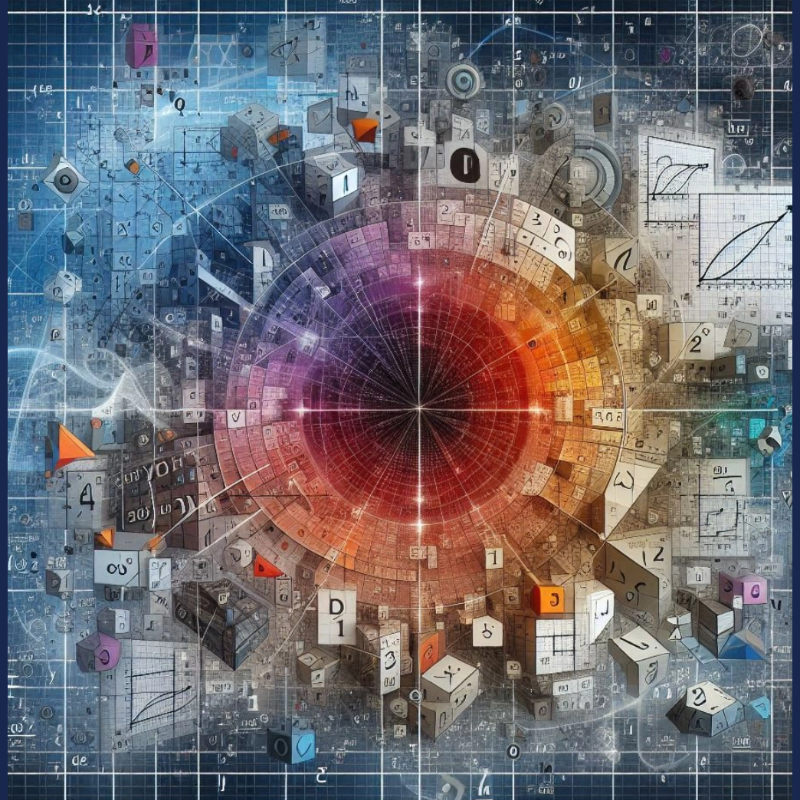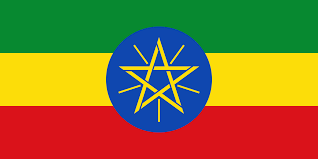LEARN MORE
Machine Learning (M2)

TEACHING TEAM
Course description
Course description
The course will cover the fundamental building blocks of modern deep learning models, including multilayer perceptrons (MLPs), convolutional neural networks (CNNs) and recurrent neural networks (RNNs). There will be a mixture of lectures and practical tutorials, where students will learn and practice how to develop their own deep learning models for a range of applications. Students will need access to a laptop for this content.
Some of the topics that may be covered related to Neural Networks:
1. MLPs, activation functions, SGD
2. Backpropagation algorithm, automatic differentiation, dropout, batchnorm
3. NN optimisers, regularisation, weight initialisation
4. Convolutional neural networks (CNNs), padding, strides, transposed convolutions
5. Recurrent neural networks (RNNs), stacked & bidirectional RNNs, LSTM
6. Transformers, multihead attention, layernorm, positional encoding
7. Normalising flows, change of variables, NICE/RealNVP/Glow
8. Variational autoencoder, ELBO, reparameterisation trick
See also the related course page on Dr. Hamzi's personal website
Course materials
References
References
The main reference is Learning Theory from First Principles by Francis Bach, freely available at this link.
In particular, Chapter 1-7 will be covered by Dr. Hamzi, Chapter 9 will be covered by Dr. Webster and Dr. Hamed will cover Chapter 8 and other topics from the book, depending on the remaining time.
Some secondary references
Yaser S. Abu-Mostafa, Learning from Data
Roman Vershynin, High-Dimensional Probability: An Introduction with Applications in Data Science
Mehryar Mohri, Afshin Rostamizadeh, and Ameet Talwalkar, Foundations of Machine Learning (2nd Edition, MIT Press, 2018)
Felipe Cucker & Ding-Xuan Zhou, Learning Theory: An Approximation Theory Viewpoint
Felipe Cucker & Steve Smale, On the Mathematical Foundations of Learning
Tomaso Poggio & Steve Smale, The Mathematics of Learning: Dealing with Data
For links to these resources and how to use them, see the following page.
LEARN MORE ABOUT
INTERNATIONAL MATHEMATICS MASTER
ADMISSIONS
Applicants Are Divided Into Two Groups: "International Applicants" Who Have Foreign Citizenship And "Pakistani Applicants" Who Either Hold Pakistani Citizenship, Have Dual Citizenship, Or Are Pakistanis Residing Outside The Country.


 IMM Algeria Student 2025 - 2026
IMM Algeria Student 2025 - 2026






















